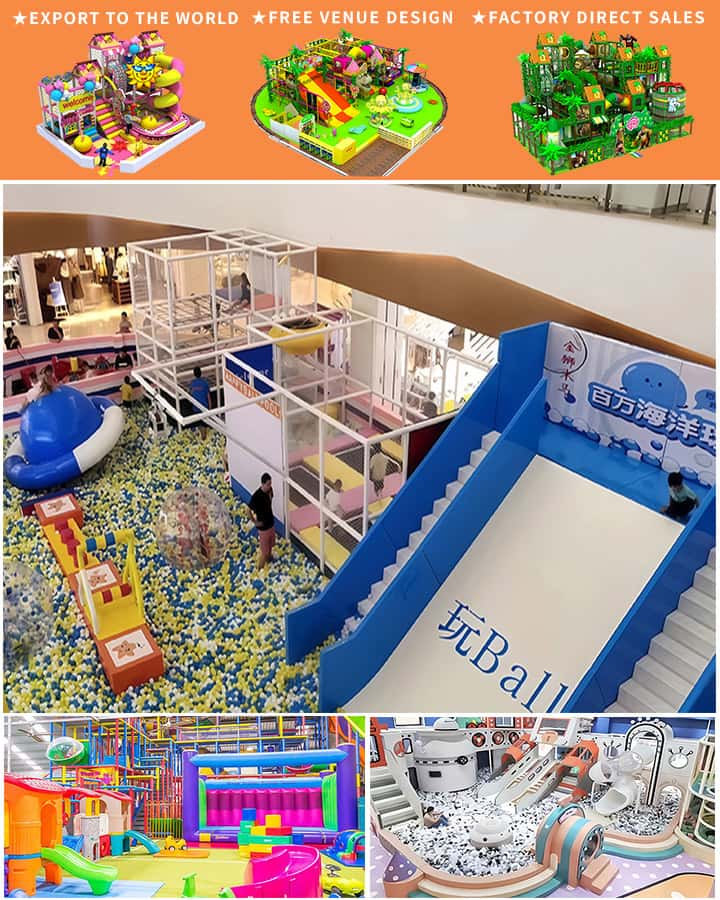Creating an engaging and safe indoor play area for toddlers can be a rewarding experience for both parents and children. It not only provides a dedicated space for play but also helps in stimulating young minds, encouraging physical activity, and fostering creativity. Here’s how you can transform a part of your home into a delightful haven for your little ones.
Location Matters
Choosing the right location for an indoor play area is crucial. Ideally, select a room that can be easily monitored from other parts of the house, such as the kitchen or living room. This ensures safety and allows for easy supervision. A basement, playroom, or even a corner of a larger room can be transformed into a fun-filled zone.
Safety First
Safety should be your top priority when designing an indoor play area. Ensure there are no sharp objects, exposed electrical outlets, or choking hazards within reach. Use baby gates to create a defined play space and keep harmful household items out of the way. Non-toxic paint and materials should be used for furniture and decor. Additionally, ensure the floor is padded with a soft mat to cushion falls and provide comfort during activities like crawling or tumbling.

Engaging Toys and Equipment
Toddlers have boundless energy and curiosity, so it’s essential to fill their play area with a variety of age-appropriate toys and equipment. Think about including:
- Soft Play Equipment: Items like foam building blocks, soft slides, and ball pits encourage active play while minimizing injury risks.
- Educational Toys: Interactive books, shape sorters, and puzzles help develop cognitive skills and problem-solving abilities.
- Creativity Corners: Art supplies such as crayons, markers, and playdough can foster creativity. A small table and chairs can make this area more structured and enjoyable.
- Sensory Activities: Sensory bins filled with rice, pasta, or sand can provide endless entertainment and sensory experiences.
- Musical Instruments: Simple musical toys like drums, xylophones, and tambourines can introduce toddlers to rhythm and sounds, enhancing auditory development.
Functional Furniture
Incorporating functional furniture is another excellent way to maximize the utility of the space. Consider adding a small shelf at toddler height for easy access to toys. A cozy reading nook with cushions and a small bookshelf can promote literacy. If space permits, include a mini climbing structure or a low tunnel to add variety and excitement.
Decoration and Themes
Decorate the play area with vibrant colors and fun themes to spark your toddler’s imagination. Wall decals, posters, and themed rugs can create an immersive environment. Whether it’s a jungle adventure, under-the-sea exploration, or outer space discovery, a theme can make the space more enchanting and captivating.
Maintenance and Rotation
Keeping the play area organized and clean is essential. Designate storage bins for different types of toys to teach toddlers about organization and responsibility. Rotating toys periodically can keep the play area fresh and prevent boredom. Store some toys in bins and replace them every few weeks to offer new and exciting options.
Conclusion
An indoor play area for toddlers need not be elaborate; it simply needs to be thoughtfully designed with your child’s needs in mind. By focusing on safety, incorporating a variety of engaging toys and equipment, and maintaining an organized, inviting space, you can create a joyful environment where your toddler will love to explore, learn, and grow. Happy playing!




